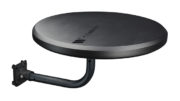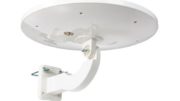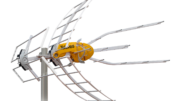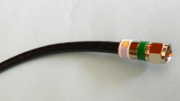This is our Xtreme Signal HD8200XL antenna. It’s the biggest antenna you can buy for TV reception. I mean that. It’s over twelve feet long. Folks, this is one big chunk of aluminum and if you’re looking for the ultimate power in antenna technology, it’s going to bring you everything you could possibly want.
But does its great power bring great responsibility?
(OK, the quote doesn’t exactly fit but it’s always fun to shove it into an article.)
The real question is if you actually need that big antenna. A lot of the other antenna sites will tell you that the largest part of the antenna is almost completely wasted, and that a smaller antenna will do the same job for less money and less trouble.
That’s not entirely false.
How antennas actually receive signal
In order to understand why you might or might not need that big antenna, you need to understand a little bit about how antennas receive signals in the first place. The most important characteristic of a broadcast signal is its frequency. Your home is bombarded constantly with hundreds of different radio signals. For the most part they don’t interfere with each other, and that’s because they are different frequencies.
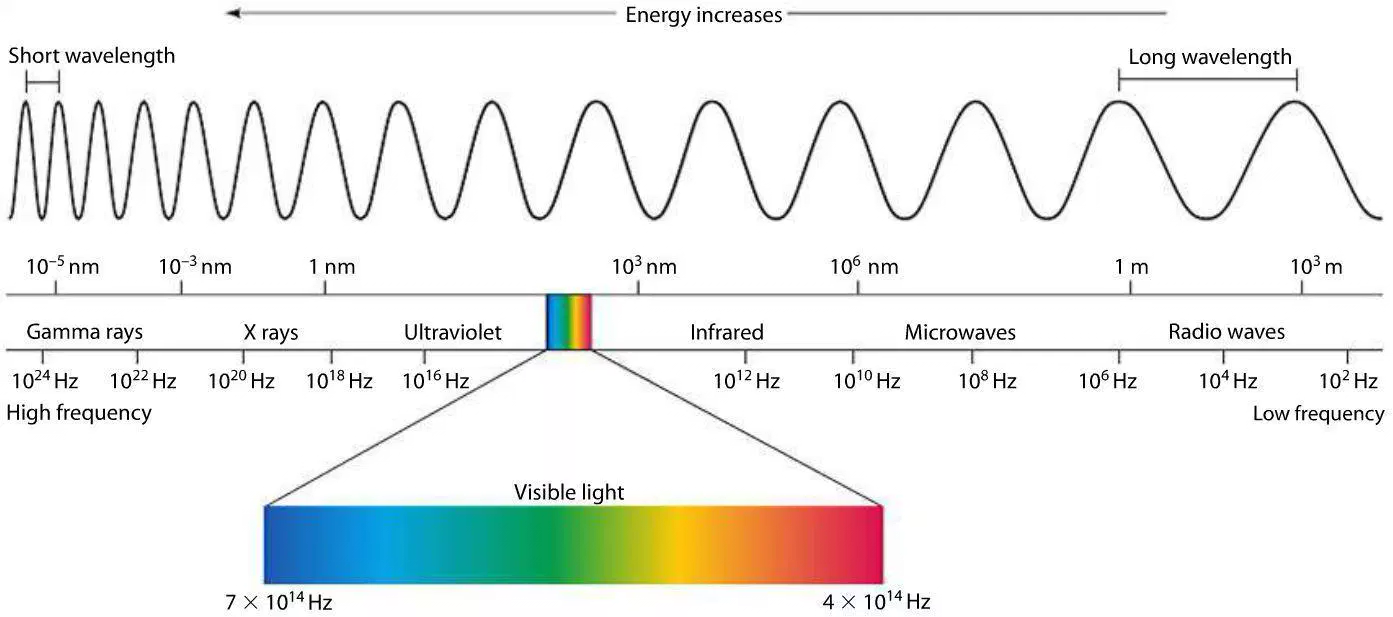
We call the entire range of radiation the electromagnetic spectrum. We define it by frequency (or by wavelength, and we’ll get to that in a minute.) You can see some frequencies of radiation. Other frequencies excite the molecules in your skin and you feel them as heat. Some are only useful for medical purposes and some are downright dangerous. But, most frequencies are completely impossible for people to detect and, as far as we know, harmless in low doses. That’s where radio and TV broadcasting takes place. Each signal exists at its own frequency, measured in megahertz (millions of cycles per second.)
Frequency and wavelength
Wavelength is the distance between the peaks of a radio wave. There’s a fixed relationship between frequency and wavelength. Do some searching and you’ll find scary math like this:

I’d need to do a lot of explanation to make that all make sense and honestly if you want to convert frequency to wavelength and vice versa there are some online calculators available to help you do it. The only thing you need to understand is that as the frequencies get higher, the waves get shorter.
How this relates to antennas
The part of the electromagnetic spectrum used for television broadcasting goes from 54MHz to 698MHz. The waves used for 54MHz broadcasting (channel 2) are much, much longer than those used for 698MHz broadcasting (channel 51.) This is really important.
See, an antenna is “tuned” by making its size equal to a perfect fraction of the size of the wave. In other words, if you want to pull in a wave that’s 7 feet long, you want an antenna that’s 3.5 feet, or 1.75 feet, or some other really even fraction. The smaller of a fraction you use, the less effective the antenna actually is. In general, antennas are “quarter-wave” or “half-wave.”
…and, getting back to the question…
On the antenna at the top of this article, the longest elements are used for receiving channels 2-6, which are at 54-88MHz and have wavelengths from 11-16 feet. Most TV stations have abandoned this frequency range because people don’t like having giant antennas on their roofs. They are much happier with stations in the UHF range, because you need a much smaller antenna.
So, it’s true that if you don’t have a station near you that broadcasts on channels 2-6, that big antenna isn’t really as important. If you’re not sure what channels are used by your local broadcasts, check out a site like TVfool.com.
So yes, I get it… choosing an antenna is an art. It’s hard to know all the little details that separate the antenna you need from the antenna you don’t. Luckily, the folks at Solid Signal are always here to help. Call 888-233-7563 during business hours or send off an email to [email protected]. Or, for faster service, try our facebook group!


